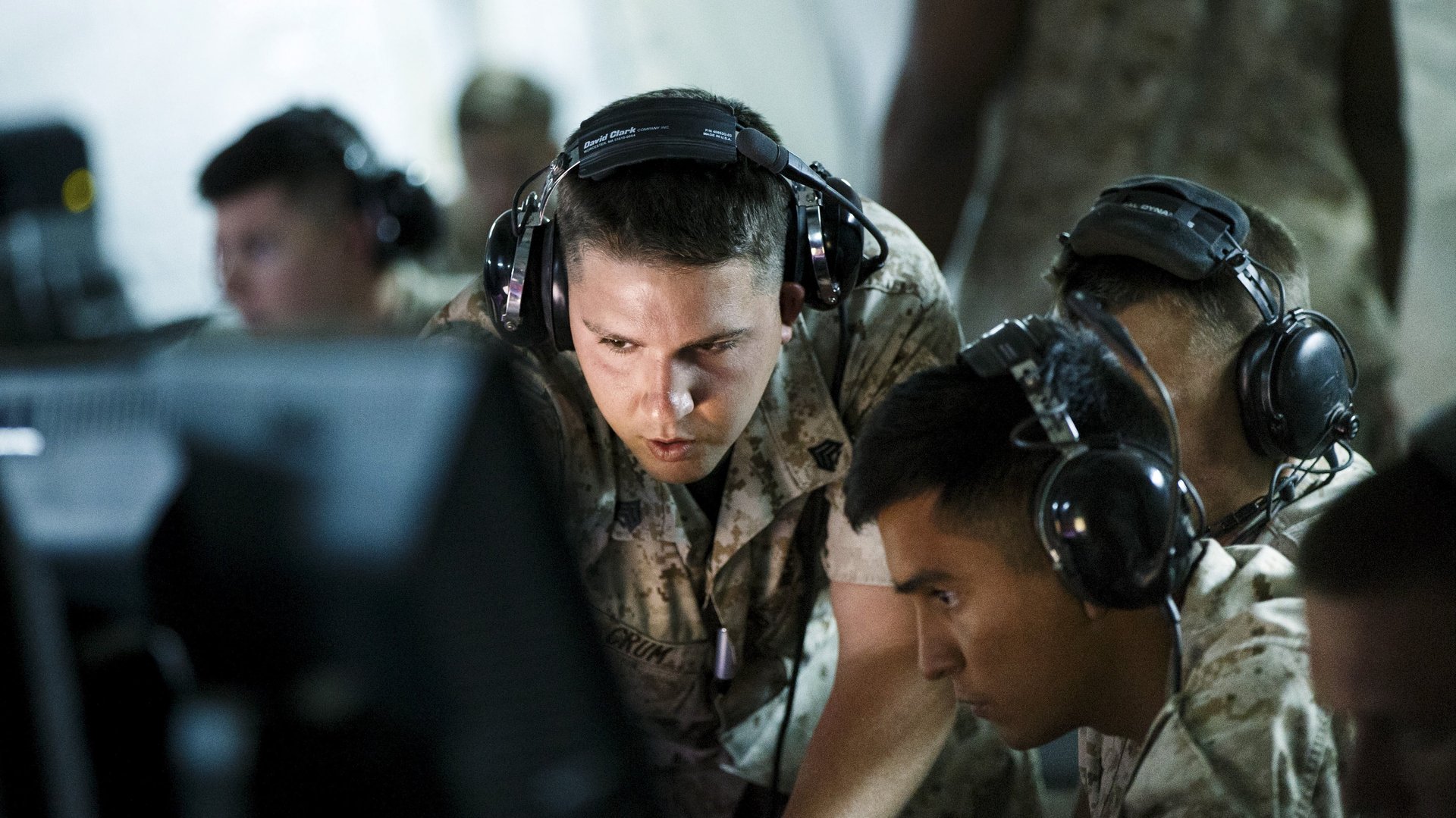How to stay informed on the future of war
Following the future of war can be tricky, since most of the people thinking hard about it—military strategists, senior diplomats, intelligence agencies—are also doing their best to make sure their rivals don’t catch on to their plans. Still, there are plenty of resources to understand the changing world of warfare.


Following the future of war can be tricky, since most of the people thinking hard about it—military strategists, senior diplomats, intelligence agencies—are also doing their best to make sure their rivals don’t catch on to their plans. Still, there are plenty of resources to understand the changing world of warfare.
Dig into the big-time documents. Military and bureaucracy go hand in hand, which in the United States means the Pentagon is typically churning out a National Defense Strategy every few years, and you can read an unclassified summary (pdf) to get the 30,000-foot view of US defense posture. Congress also has a panel, the National Defense Strategy Commission, which offers another useful perspective. The RAND Corporation’s in-depth analysis of the gaps between the vision expressed in the official strategy and the resources available to execute it is an enlightening document.
Watch the military-industrial complex. To keep a close eye on the military-industrial complex, subscribe to the daily contract announcements issued by the Pentagon. You can sign up for similar announcements from the State Department, describing every sale of US weapons abroad. For international data, the Stockholm Peace Research Institute maintains a comprehensive database of arms sales, military budgets, and the largest defense contractors.
Pay attention to the insiders on the outside. Thank goodness for the internet, where you can still find bona fide experts sharing their insights for free. Jeffrey Lewis at the Middlebury Institute of International Studies is a prolific tweeter on all things arms control, and also leads an eponymous group blog on the topic. Writer and analyst on international security, Ankit Panda’s twitter feed is another great source to track North Korea’s weapons program. Matt Tait, a former British intelligence analyst, tweets entertainingly and informatively about intelligence and cybersecurity. And for a further peek into the world of espionage, check out Cipher Brief.
Do your reading. Two recommendations to understand where warfare is going: “The Gun” and “The Fighters” by C.J. Chivers, a correspondent for the New York Times. The first book tracks how a piece of technology—the AK-47—changed battlefields forever, while the second is a deeply reported story about the experiences of US servicemembers in modern gray-zone wars. For the full gamut of classic and modern texts on warfare, the reading lists provided by the US Army chief of staff and the US Military Academy at West Point are instructive.